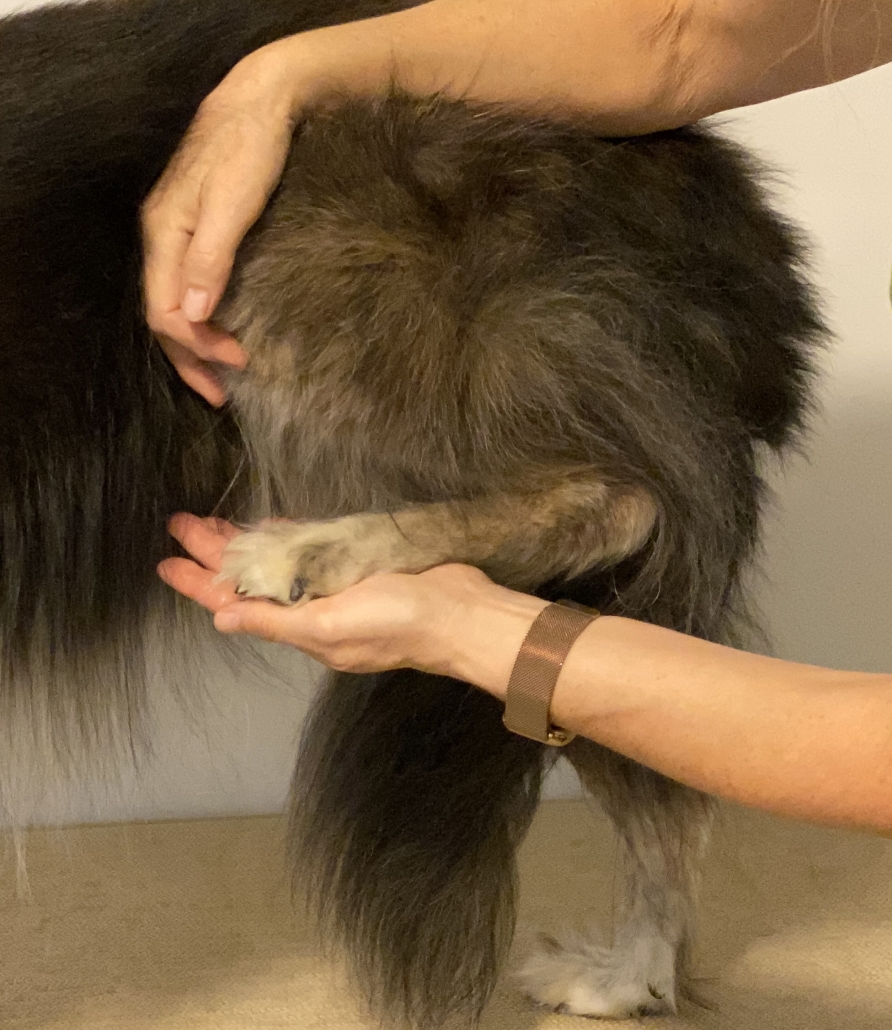Lamenesses: Diagnosis, Treatments and Prognosis
Can lameness evaluations in the dog and cat be simplified?
Situational Awareness

$149
Get ready to Manage a Lame Patient:
It is really important to get a good history so that you can get a feel for how this lameness is behaving and affecting the patient.
Watch the dog move, confirm the lameness and make sure that the other limbs are moving well (or not).
Have blood work done if planning on using NSAIDs especially for longterm and in the patient geriatric.
The pet’s prognosis is based on an accurate and often timely diagnosis.
The outcome is also dependent on selecting the best treatment option for the pet. A less than ideal treatment plan may be the only option available to a client for a variety of reasons but it is important to understand that the pet’s outcome will likely correspond with the selected treatment plan.
Timely implementation of a treatment plan can make a difference to the longterm prognosis (so get your clients to act!)
Many joint related issues will lead to osteoarthritis (OA) but OA can be a very manageable problem.
Get ready to diagnose and manage a lame patient:
Young patient (<.5 yrs):
- Panosteitis
- Shoulder OCD
- Elbow Dysplasia
- Hip Dysplasia (acute or puppy form)
- Legge Calve Perthes (small dog)
Adult Patient:
- Shoulder issues (tendonitis, MSI)
- Elbow Dysplasia (adult onset)
- Hip Dysplasia (chronic or adult form)
- Degenerative cranial cruciate ligament disease
- Medial patella luxations (small dog)
- Osteoarthritis
- Spinal issues (IVDD, LS or cervical spine issues)
- Immune or infectious arthropathies
Geriatric patients:
- OA
- Shoulder issues
- Spinal issues
- Neoplasia
Workshop Content
Workshops & Courses
Blog
 The Secret to having the Bandage stay Above the StifleJuly 3, 2024 - 1:44 pm
The Secret to having the Bandage stay Above the StifleJuly 3, 2024 - 1:44 pm Common Mistakes made by Veterinarians when doing the Drawer TestJune 26, 2024 - 9:22 am
Common Mistakes made by Veterinarians when doing the Drawer TestJune 26, 2024 - 9:22 am Burying the end knot in a continuous subcutaneous suture patternJune 19, 2024 - 7:35 pm
Burying the end knot in a continuous subcutaneous suture patternJune 19, 2024 - 7:35 pm Creating Donuts for your BandagesJune 12, 2024 - 3:15 pm
Creating Donuts for your BandagesJune 12, 2024 - 3:15 pm The Knotless Suture PatternJune 5, 2024 - 2:45 pm
The Knotless Suture PatternJune 5, 2024 - 2:45 pm

